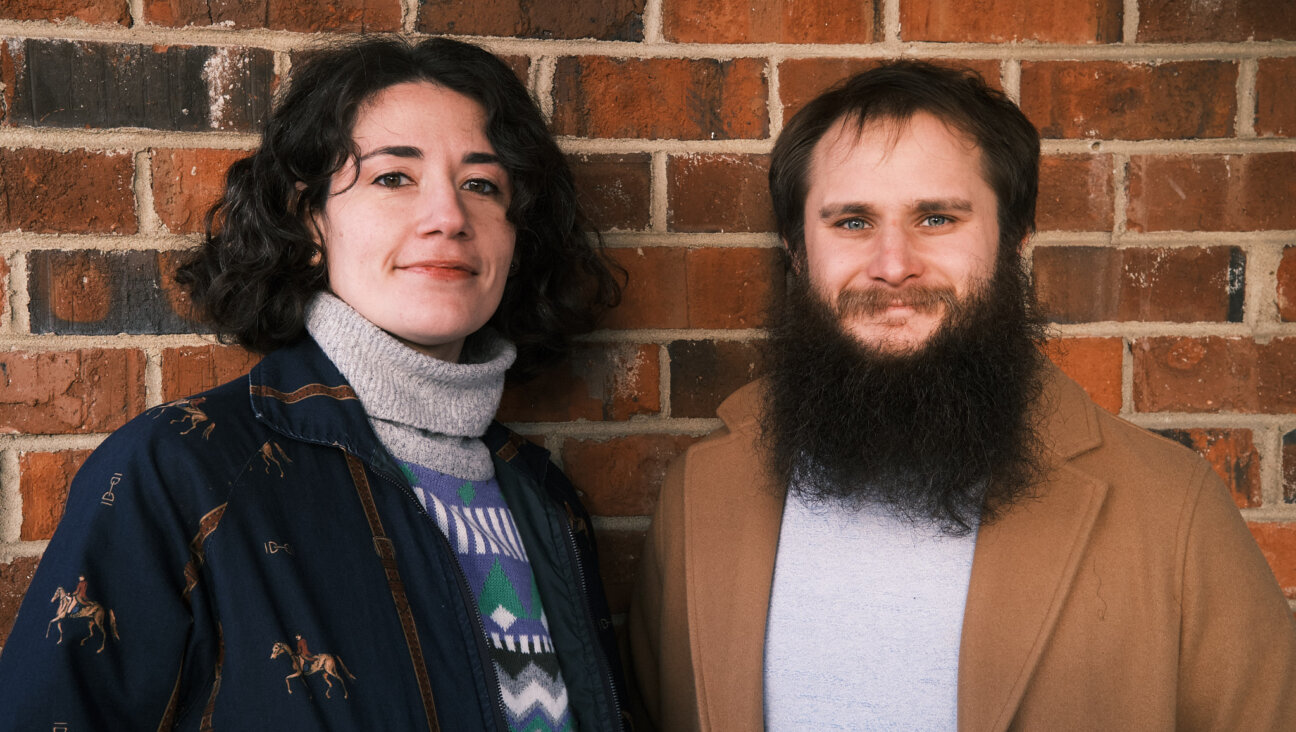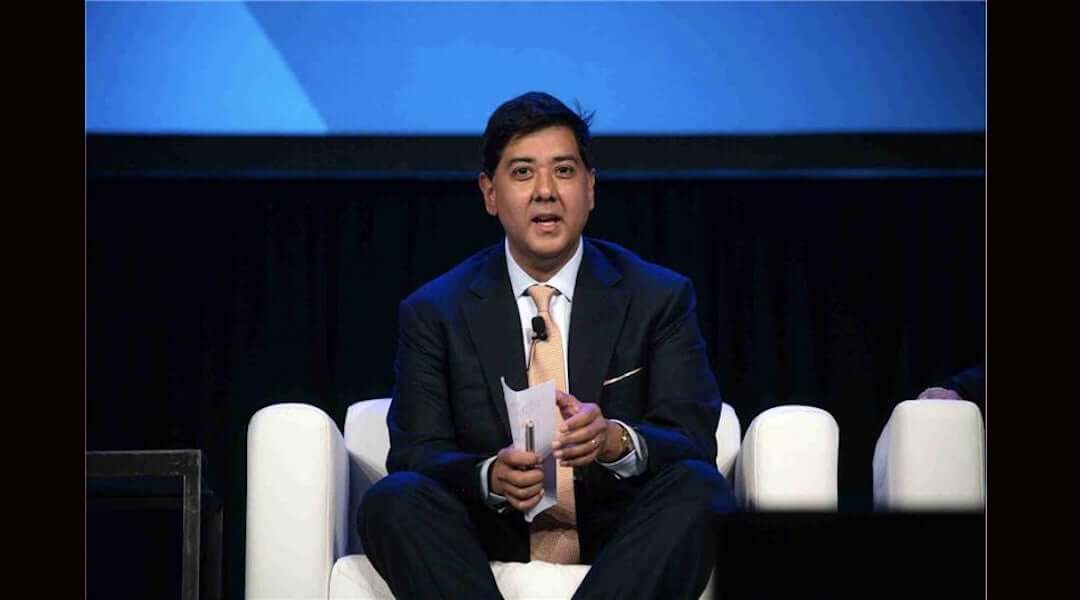Eight Months Later, Haiti Struggles as Never Before
It took us several hours to drive from Port-au-Prince to the tiny village of Monwi Mon Ivwa. On rare stretches, the road was flat and paved, occasionally punctuated by a house standing half-finished and empty, a frustrating hint of what could be if Haiti were a normal place. But mostly the road was thick with stones and ditches, difficult for even the scrawny resident goats and donkeys to navigate as they rummaged for food.
The final leg of this journey took us 900 meters up a mountain, with hairpin turns as sharp as any dancer’s pirouette and far more dangerous. This was miles from the epicenter of the January 12 earthquake in Leogane and miles from its destructive reach in the capital of Port-au-Prince, where buildings crumbled like deadly sand castles that terrifying afternoon, and an estimated 230,000 died.
Here, except for random plantings of stunted corn and sorghum, the landscape was brown and barren, stripped of foliage by years of deforestation and neglect — desolate, but undamaged.
And yet, as I learned on a recent trip, the effects of the earthquake are everywhere in Haiti. Even in rural Monwi Mon Ivwa, atop a nearly impassable mountain, Haitians continue to suffer the social and economic aftershocks of their worst earthquake in 200 years. They pay more for food and materials. They must care for orphans and the homeless; an estimated 600,000 people fled Port-au-Prince, some to villages like this, to live with relatives already overwhelmed by poverty and need.
Yet so far, little of the billions of dollars pledged in international aid has trickled out to places like Monwi Mon Ivwa. All the more remarkable, therefore, to see the impact of a modest $8,000 from American Jewish World Service devoted to helping refugees and the families hosting them.
It’s but one illustration of how Haiti has become a Jewish story. Gideon Herscher, the American Jewish Joint Distribution Committee representative in Haiti, estimates that at least 17 Jewish and Israeli organizations have been involved in this tiny country this year, ranging from the well-known Israel Defense Forces Medical Corps Field Hospital, the first on the ground after the earthquake, to the modest Ve’ahavta, a Canadian humanitarian and relief organization.
Since January, Jewish groups have raised an estimated $14 million for Haitian relief, mostly in donations to the JDC and AJWS. The financial outpouring became a point of pride, a fresh sign that a community usually focused on Jews and Israel could also rally to address a humanitarian disaster occurring close to home — just two hours from Miami — but outside its sphere of comfort and concern.
At Monwi Mon Ivwa, one aspect of this communal outreach was the hope and determination expressed by Pierre Oristil Stiven as he welcomed us to his community.
“If we are still here after January 12, it’s by the grace of God!” he exclaimed.
Stiven is the coordinator of a remarkable effort called Oganizasyon Gwoupman Peyizan pou Devlopman 8eme Seksyon Kominal Akaye, or OPD8 for short, established in 1998 to promote education, employment, health care and self-sufficiency among the rural poor. It was to OPD8 that AJWS allocated its $8,000 grant to help refugees and the families hosting them with basic needs and to re-establish their livelihoods.
At the end of August, Ruth Messinger, president and CEO of AJWS, traveled to Haiti to see for herself the earthquake’s lasting devastation and the consequences of the aid her organization had provided. I was invited to tag along; the Forward paid all my expenses, and no limitations were placed on my reporting.
I had never seen poverty so deep and pervasive. Even Messinger, a veteran of traveling through Third World countries, was shaken by what we saw.
While the streets of Port-au-Prince are no longer lined with dead bodies, and some of the very worst rubble has been removed, the landscape has scarcely changed. The National Palace, once a sweeping domed landmark in the center of the capital, lies in ruins, as does the government it represents. Thirty percent of Haiti’s public servants died in the earthquake, and with a presidential election scheduled for November, many of the people I interviewed felt that no one was in charge and no one was going to be anytime soon.
The drama of the initial emergency over, a more intractable problem has entrenched itself: upward of 1.5 million Haitians living in displaced persons camps. The tents are everywhere — packed into the expanse near the National Palace that once was a municipal park, jammed into schoolyards and parking lots, and alongside roads choked with exhaust and filth, and even crowding the median strip of one of the busiest thoroughfares in the country. One day I saw a young boy washing himself while standing on a precariously narrow strip between his tent and the oncoming traffic. I didn’t know whether to marvel at his optimism or cry at the futility of it all.
The camps offer little privacy or security. We heard stories of women wearing five pairs of jeans to ward off potential rapists.
As wretched as the conditions are, the camps have become home to many Haitians unable to live anywhere else, and it’s not at all clear how the government will disband them, as it has promised to do this fall. I interviewed Middy Josselin in her tent in Port-au-Prince, a tent so oppressive in the late summer heat that I could not stay inside it for more than 10 minutes. At 50 years old, she’s a stronger woman than I.
Barefoot, holding her grandson, Josselin, who lost her home in the earthquake, has no husband and no job. She subsists on the rice and peas handed out sporadically by aid agencies. Water comes from the Red Cross. Oxfam gave her soap and a towel. She seems to have no idea of what will come next.
“It’s been a long time trying to deal with the misery,” she said. “It’s not what I want, but there is no other way.”
Aid workers worry that a yearning for stability will complicate efforts to relocate so many displaced people. “Had they cleared the rubble more quickly, people would have gone back home,” said Anne Hastings, CEO of Fonkoze Financial Services, a micro-financing institution for the rural poor. “After seven months of living in this brand-new community, people get comfortable. They have markets, water, health care, support systems.”
Indeed, AJWS supports a delightful program run by Haitians who travel from camp to camp to read to children. The JDC has set up 10 temporary schools in eight different camps, but Herscher said he has been told by the Ministry of Education to shut them down by October, when more than a million Haitians will somehow be returning to what once were their homes.
Many other Haitians are not waiting for the government to decide their fate. Some are being helped by one of the most inspiring people I met, Cantave Jean-Baptiste, who was hired just last year as AJWS’s in-country consultant for Haiti. He grew up as one of eight children of a mother and father who could barely write their own names, in a rural village with no school nearby. But his parents instilled such a love of learning in their children that Jean-Baptiste walked three hours to and from school every day and eventually became an agronomist. All but one of his siblings attended university.
“We need to make rural areas places where people can decently live,” he said as he drove over the treacherous road to Monwi Mon Ivwa. “Then we won’t have so many poor people leaving the countryside for Port-au-Prince.”
That is Stiven’s mission at OPD8, an organization set up with the kind of elaborate community representation that would make a political scientist smile. Real problems are addressed by the people most affected, in their language, their way.
We saw a comical skit to promote the use of filtered drinking water that needed no translator to understand. We heard from a woman who parlayed a small loan into a business that helped her, literally, to put a roof on her family’s home. The school building in which we met (which has a solar panel on its roof) is communally owned. A micro-lending program relies on peer pressure to maintain a modest but steady stream of financial capital. Farmers can borrow tools from OPD8 and pay for them in what they harvest.
This drive and spirit was also apparent in Leogane, a coastal city west of the capital, considered the epicenter of the earthquake. Up to 90% of its buildings were destroyed, including an old orphanage in an unusually leafy plot of land off the main road. Two of the girls in the orphanage died; two others lost their limbs. The remaining children live in tents next to the rubble that once was their home; their mattresses were airing out the day we were there, probably because the girls had wet their beds during the night. Their anxiety has not gone away.
But led by volunteers from Movimiento de Mujeres Dominico Haitiana — a women’s group from the Dominican Republic — the children were attending a class on disaster relief, preparing for the next earthquake or hurricane. They were taught how to cradle a broken arm in a folded T-shirt, how to lift someone who has a broken leg and what to do if a person is in shock.
“This is not just practical knowledge — disasters happen in this country every year,” Messinger said. “This provides a huge sense of empowerment. Next time something happens, they will know what to do.”
Contact Jane Eisner at [email protected]
Read the Forward’s related editorial “Lessons from Haiti” here.















